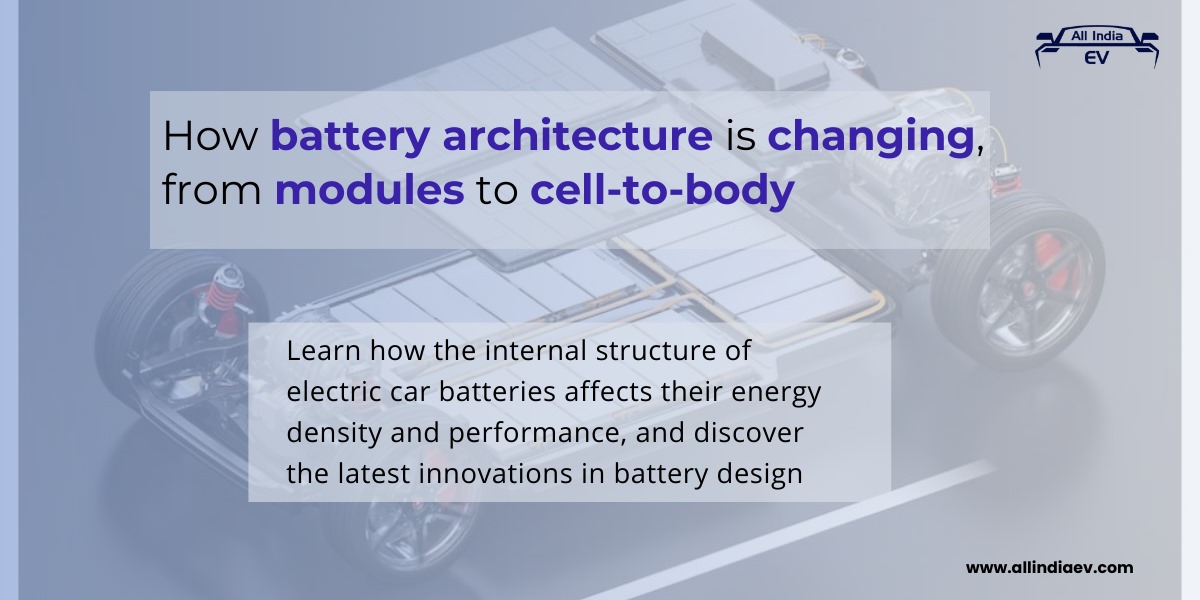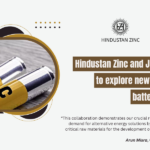How battery architecture is changing, from modules to cell-to-body
In automobiles that run on internal combustion engines, the reasoning is straightforward: the larger the fuel tank, the more fuel it can hold. However, in electric cars, the situation is more nuanced, as the energy density is influenced by several other parameters in addition to battery capacity.
This means that even though two batteries might look the same on the outside, they can hold different amounts of energy inside. But what makes an electric car battery store more energy? There are two main things: the type of cells it’s made of and how it’s put together inside. Let’s pay attention to the second part and find out more about it.
The benefits and drawbacks of intermediate modules
Lithium-ion batteries usually follow a common setup with cells, modules, and a battery pack. Picture opening the outer covering: inside, you’d find groups of cells in modules (kind of like smaller parts inside the battery) lined up together. These modules, each with their electrical connections and supports, are then placed one by one inside the actual battery pack.
This way of arranging batteries, still widely used today, makes it easier to control how the battery works and manage its temperature. But it also includes parts that don’t store energy, just taking up space.
This special battery helps companies in another way too. They can easily change how much power the battery holds just by adding or taking out parts. For example, Volkswagen does this with their electric cars in the ID family. They use the same battery pack but can make it bigger or smaller by adjusting the number of parts inside for different models.
The cell-to-pack
Car makers and part companies have come up with a newer design. Now, there are batteries without separate parts available. In these, the cells sit inside the outer casing, making it look like one smooth piece without any breaks.
They made batteries in a new way. These batteries have more stuff inside them than other types. So, they can store more energy even if they’re the same size as the old ones. But these batteries, called “cell-to-pack,” are separate from the rest of the vehicle and stay attached to the body when they build the car. Lately, there have been improvements, making these batteries even more efficient.
When the bodyshell contains the battery incorporated in it
The newest way to design batteries is called “cell-to-body.” Some companies, like BYD with their Seal sedan, are making car bodies that already have space for batteries underneath. Instead of attaching the batteries onto a separate part that’s then added to the car frame, they’re put directly onto the frame itself.
This doesn’t increase the amount of active material in the battery (similar to another design called cell-to-pack), but it helps save space and parts in the outer covering. This makes the battery lighter because it’s built into the car floor, basically becoming one with the car. In this setup, the battery also helps make the car stronger, adding to its stiffness and connecting different parts of the car frame.





